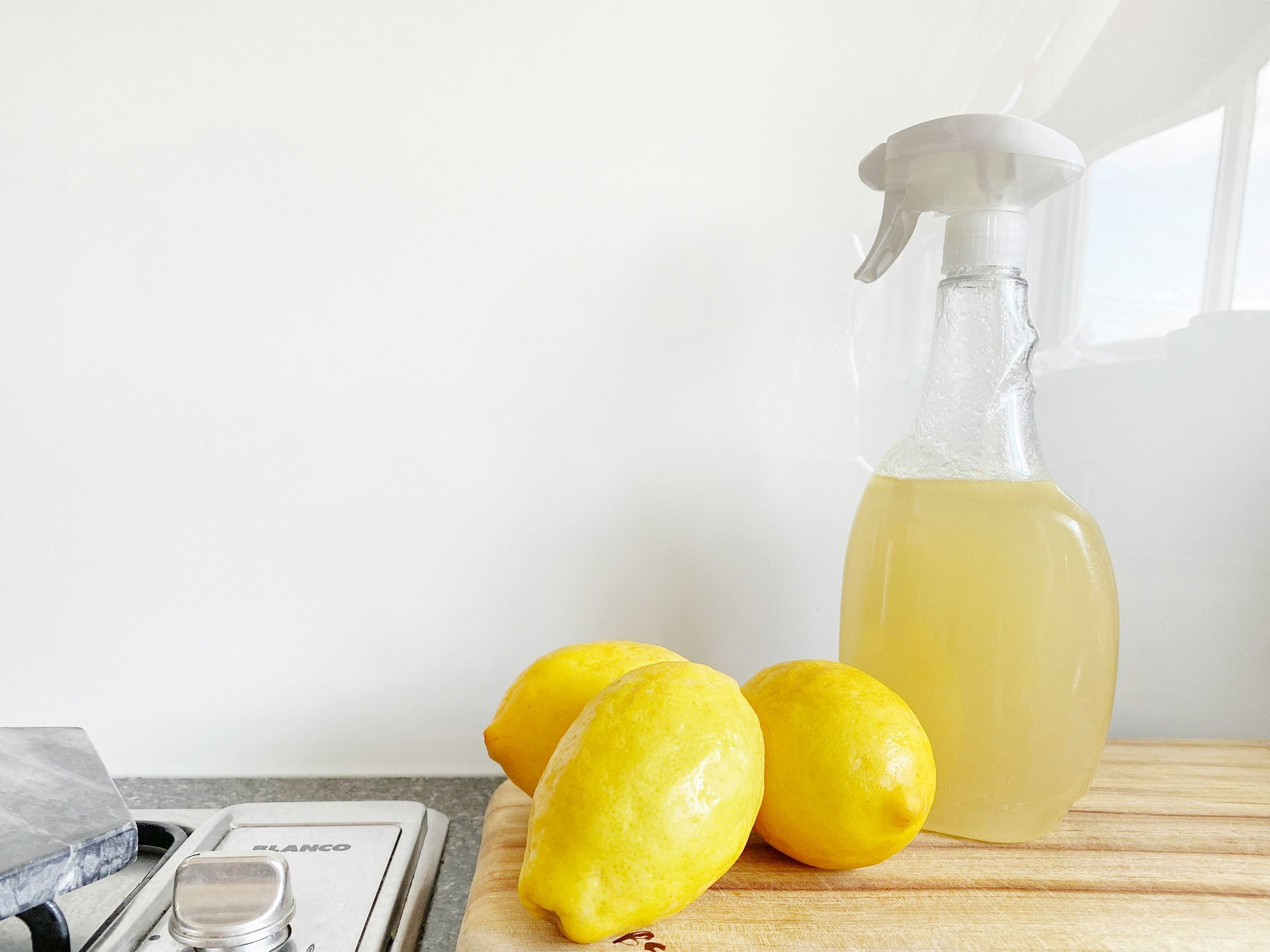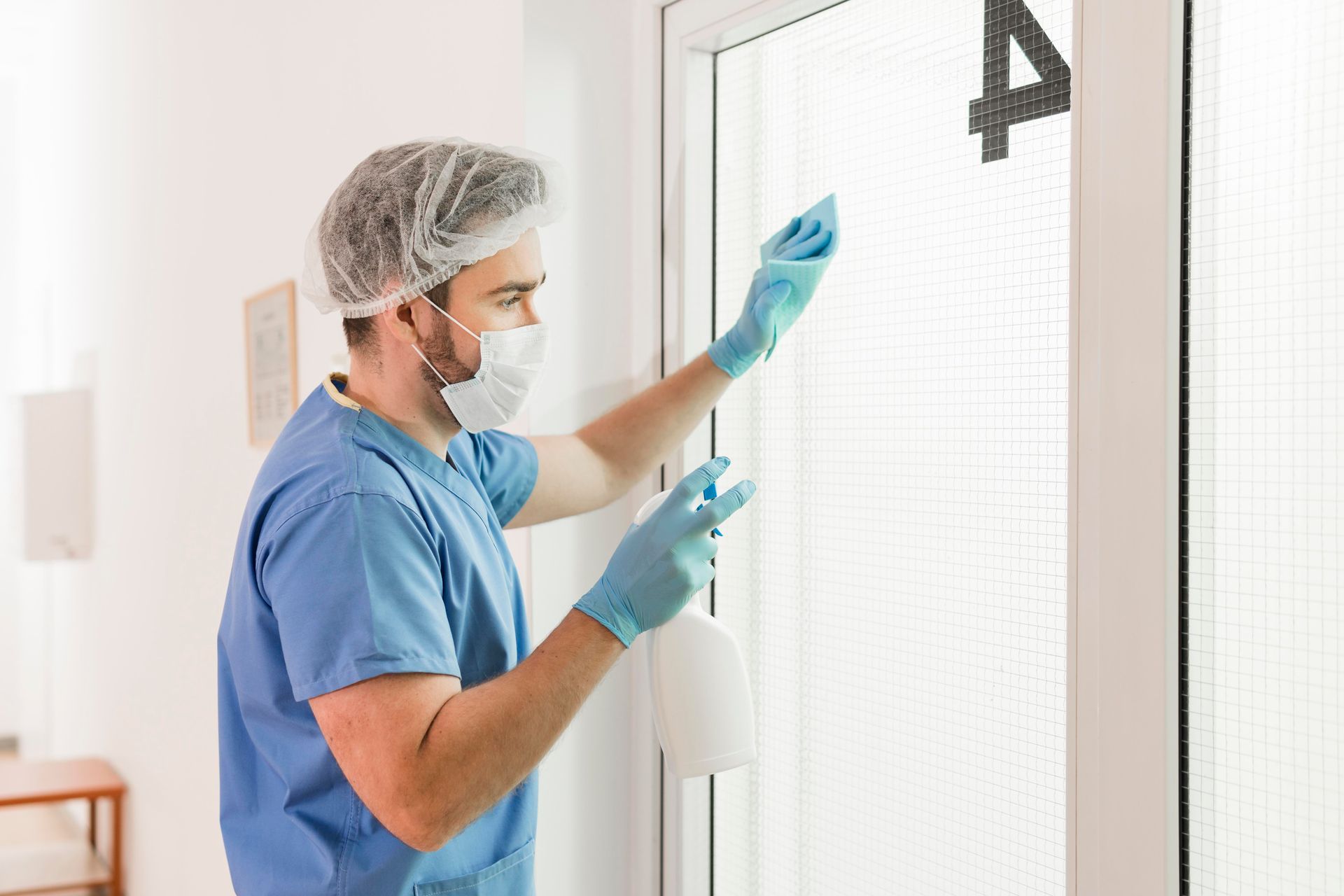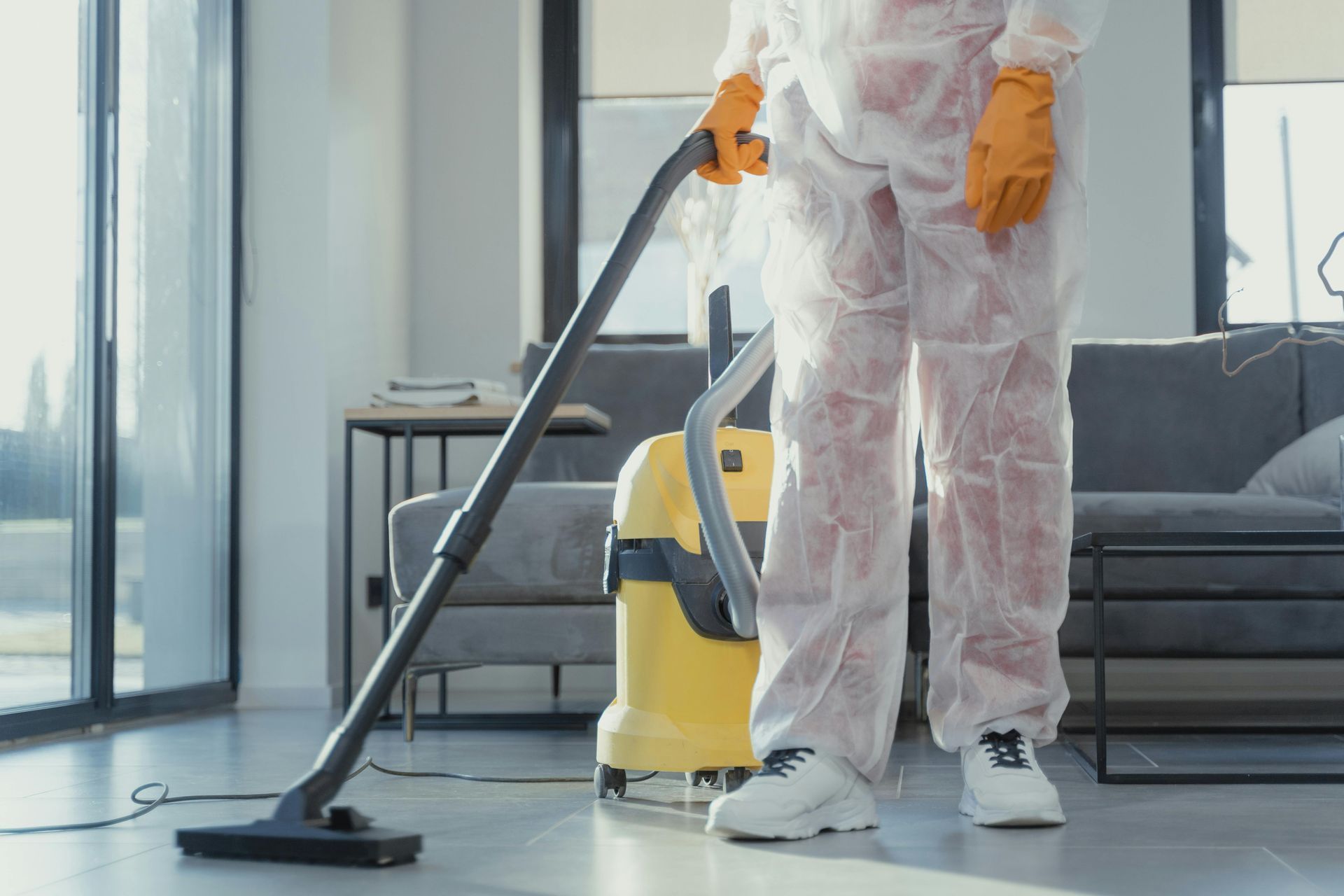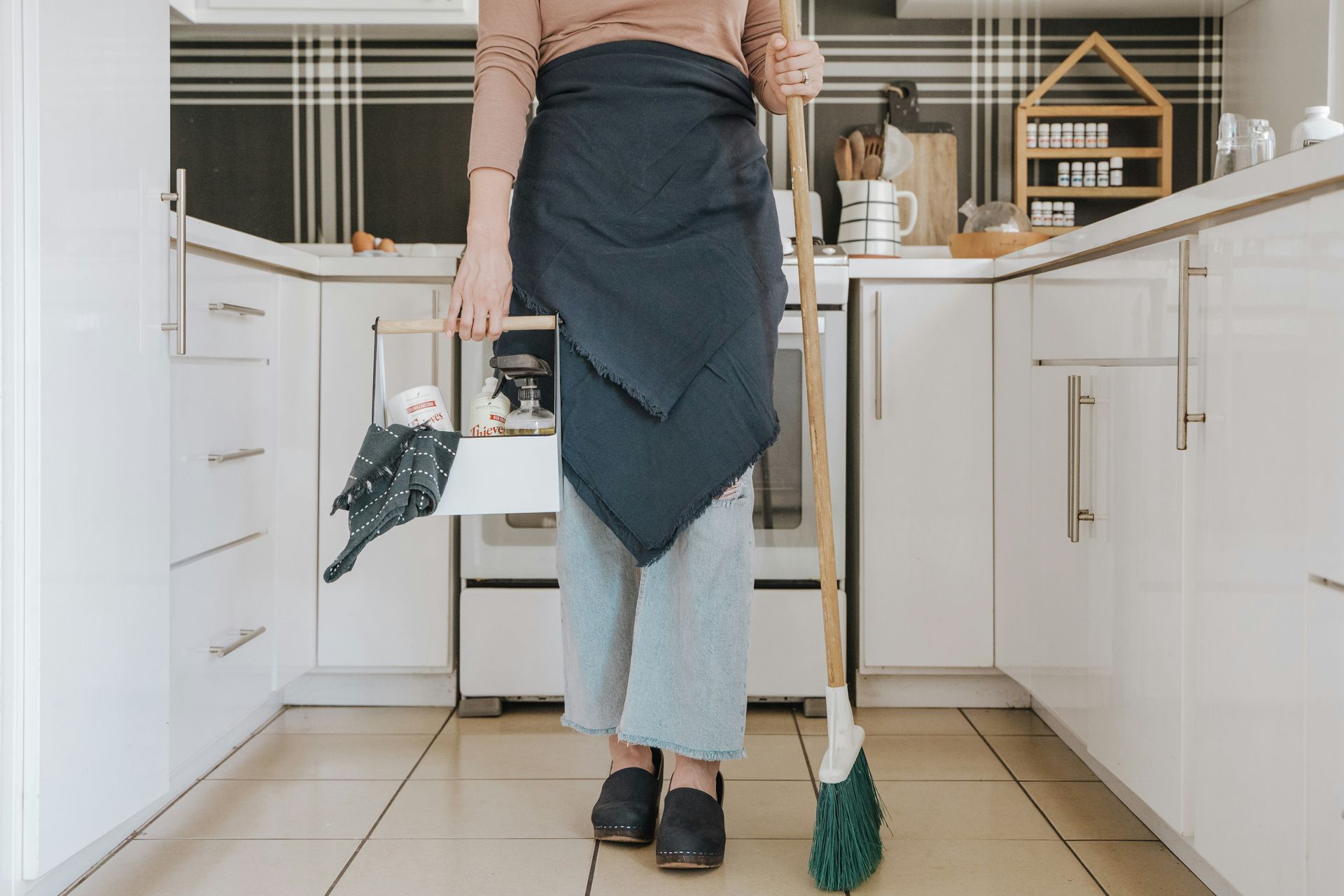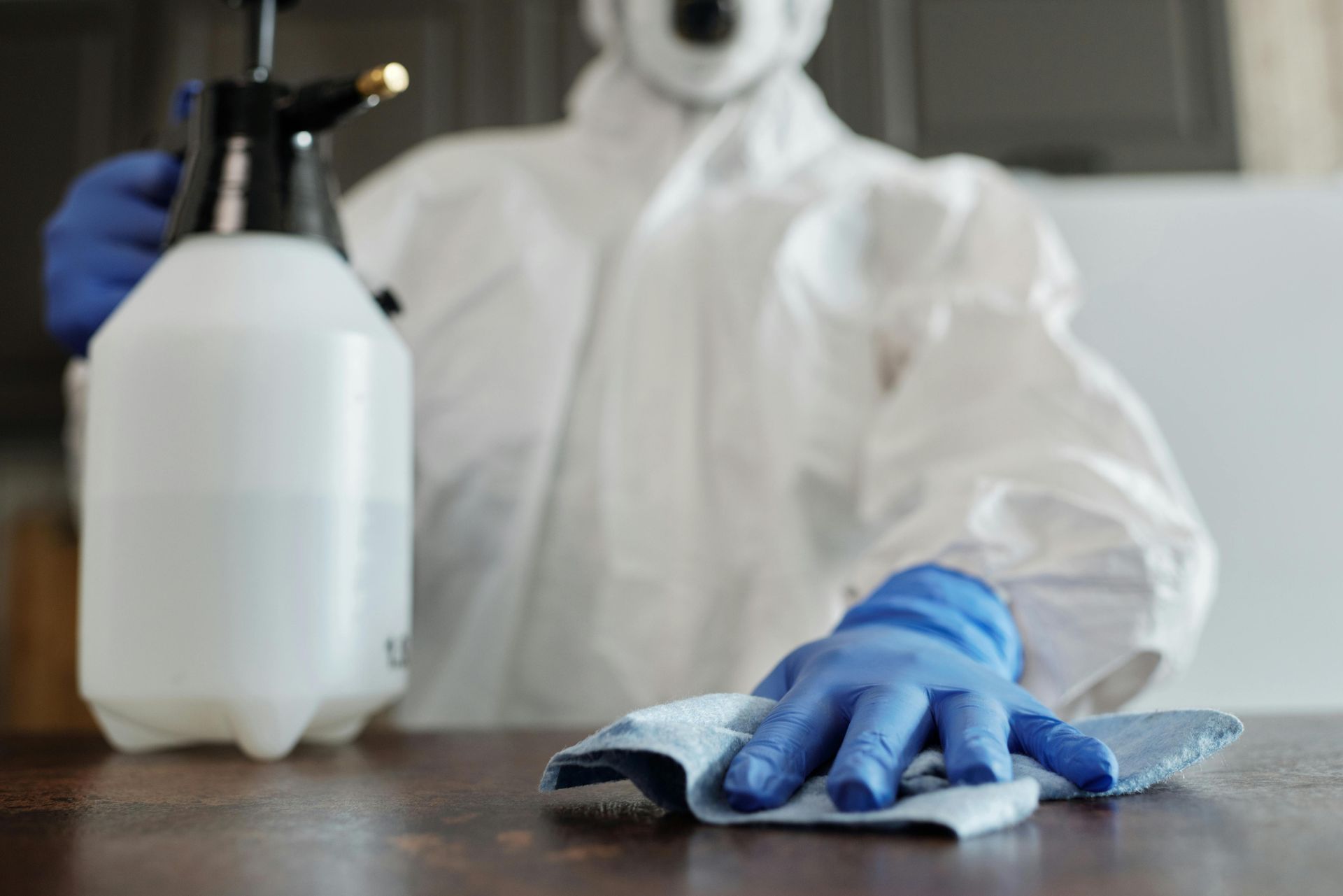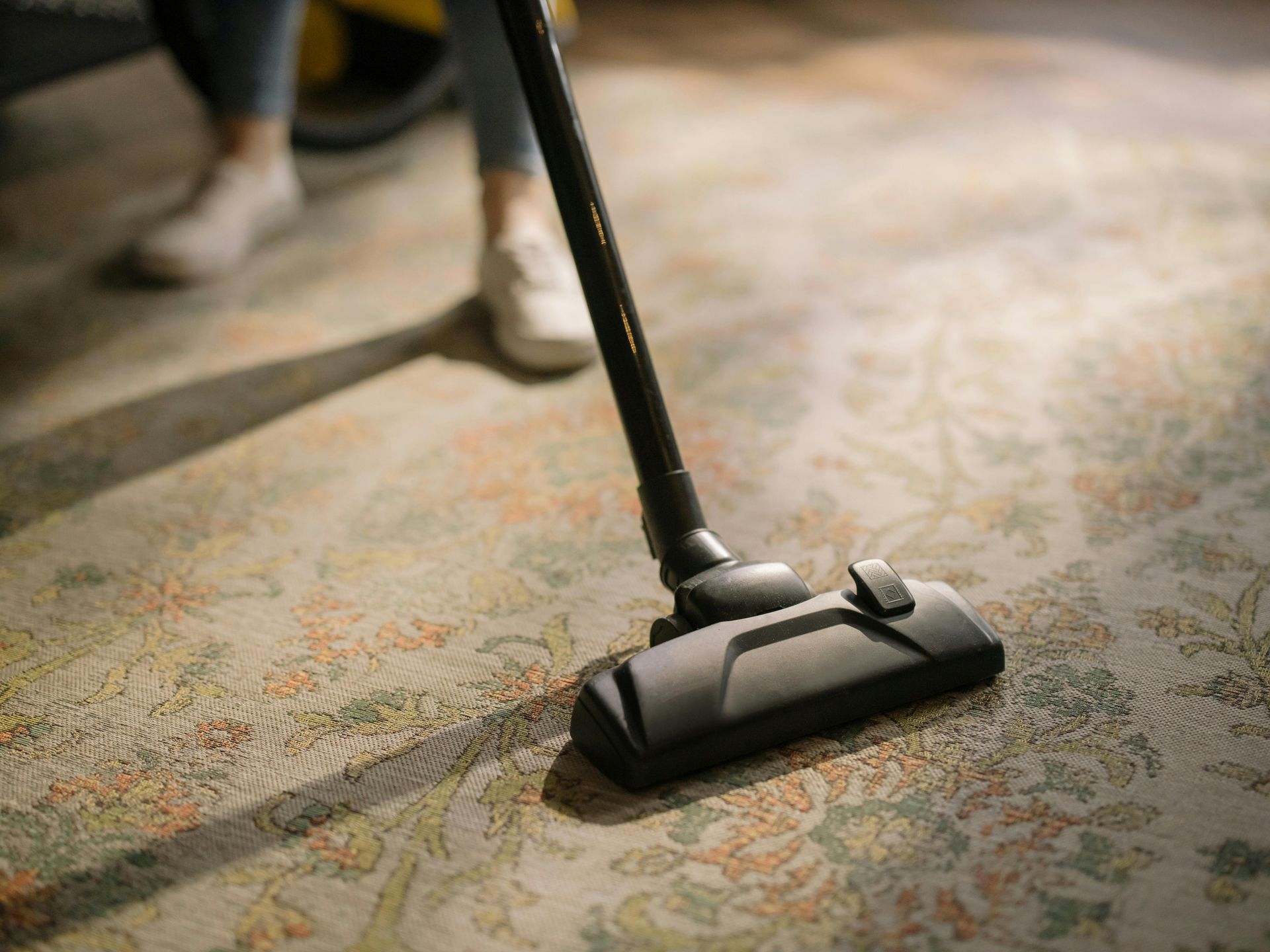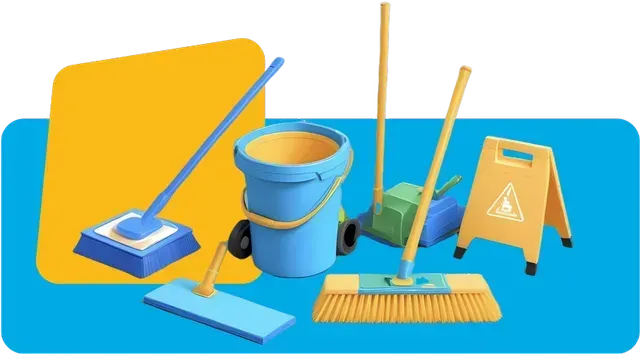8 Alarming Signs That You Need a Professional Mould Removal Service
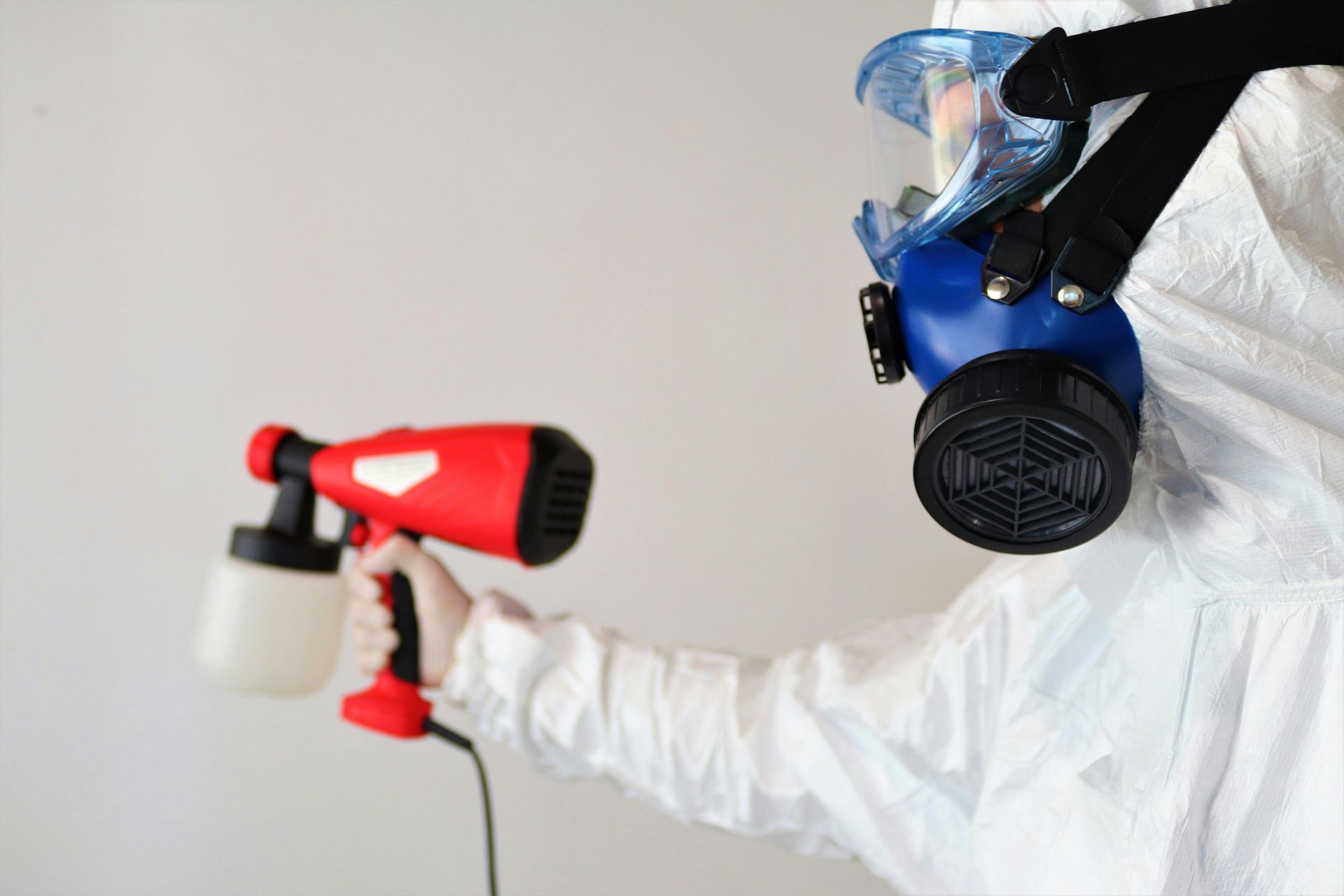
We all dream of having a beautiful and clean house where we can live a happy and healthy life.
However, this humble dream can be shattered by a single culprit — mould!
Mould problems have been prevalent in Australia, with over 1/3rd of households affected by its presence. Factors such as moisture, water leakages, and poor ventilation cause mould spores to grow and spread on materials like wooden flooring, drywall, and fabric. If disregarded or left untreated for a long time, these fungal spores can potentially result in various respiratory health hazards, and mould infestations can result in long-term structural damage to the property.
That is why, timely detection and professional intervention to remove and prevent mould is not only required but also necessary to achieve a healthy living environment for yourself and your loved ones.
Keeping that in mind, today we will be looking at the most common signs that tell you it’s time to hold your horses and call in for professional help.
Let’s begin!
Why You May Need Expert Mould Removal Services
Although slight mould can be treated with DIY methods, in some cases, you may have to seek help from professionals.
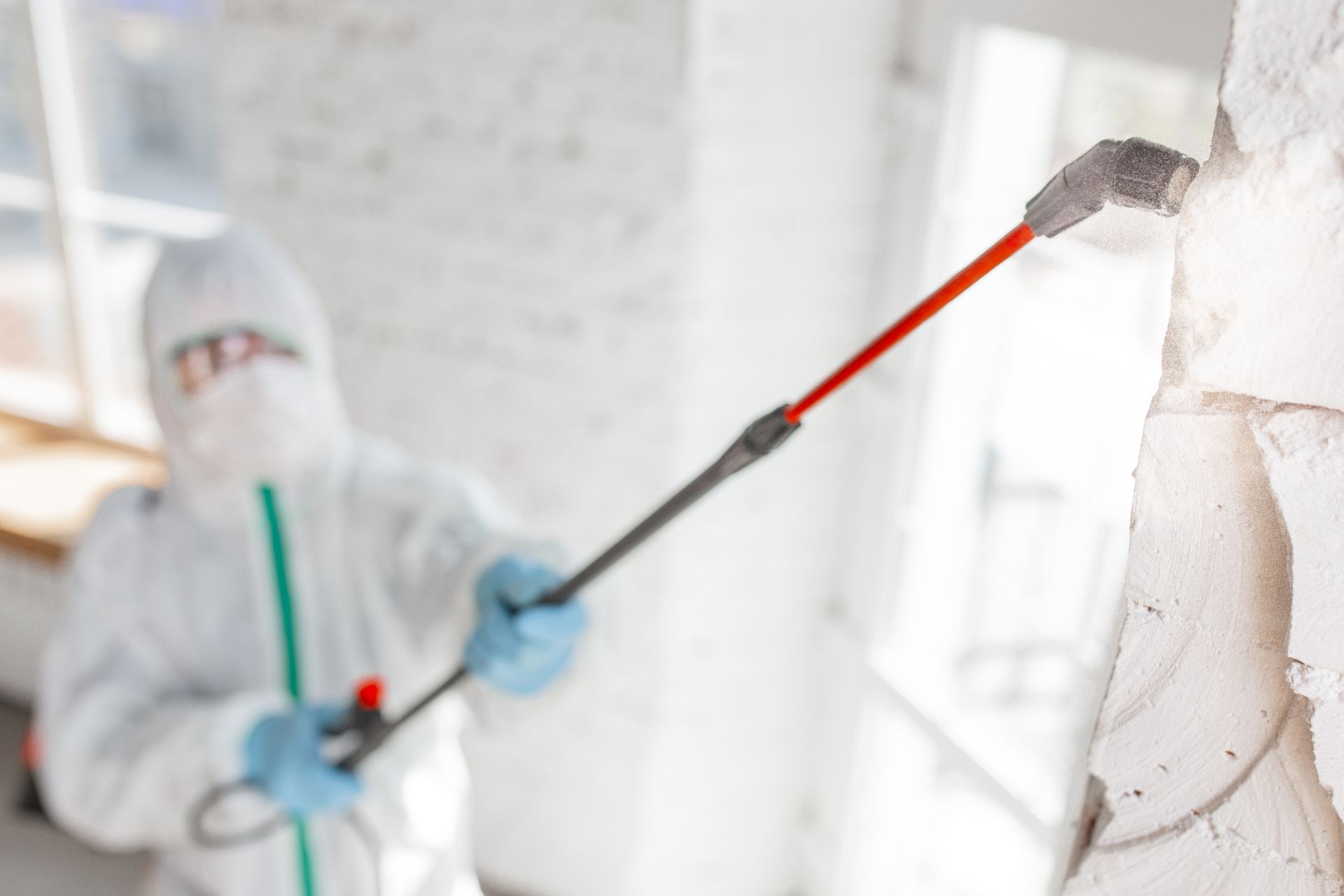
Why DIY Isn’t Always Enough?
- Limited Tools and Knowledge: Sometimes, we all like to think that we are experts at everything, but when it comes to doing the task at hand, that’s when we know the real truth. The same goes for mould removal — it might seem like a quick and easy task at first glance, but soon we find ourselves lacking the necessary tools and knowledge for the fix; whether it be solving the mystery of recurring mould or preventing it from happening again in the future.
- Risks of Incomplete Mould Remediation: Incomplete mould removal can result in its spread, recurrence, and potential health hazards associated with the mould. Mould spores tend to hide in porous surfaces where they can be easily overlooked by the novice eye. Experts make sure that they target and remove mould from all these nooks and crannies to prevent further growth.
- Benefits of Professional Services: Investing in professional mould removal services might feel a bit steep on the pocket. However, thorough inspections, specialised equipment, and preventive measures done by experts ensure that your house remains free from mould in the long run, saving hefty costs in the future.
When to Call Professionals?
- enHealth Guidelines: Key guidelines for professional mould removal are generally informed by the enHealth (Environmental Health Standing Committee). These guidelines indicate that homeowners should consult with mould remediation professionals if there are large areas of mould or mould regrowth, or if they can smell the mould but cannot see it.
- Compromised HVAC Systems: If mould has penetrated your HVAC systems or structural areas, you must call in the professionals. Professionals use expert containment barrier techniques such as plastic sheeting, negative air pressure systems, zippered entryways, sealing vents, and waste disposal zones to prevent mould spores from spreading.
- Recurring Mould: If you are experiencing recurring mould, it means that there is an underlying problem that’s causing the mould. Professional tools (e.g., infrared cameras, air scrubbers, and HEPA vacuums) and expertise are needed to fully dry hidden areas, remove mould colonies, and prevent a recurrence.
Signs That Indicate You Need a Professional Mould Removal Service
It is now time to look at the signs which indicate that it is indeed time to consult a professional mould removal service.
1. Visible Mould Growth

The first and foremost sign that indicates the need for mould removal is the visible growth signs of mould. At first, you might see some small patches that you can easily remove yourself, but many times, these small patches can indicate larger infestations — especially if they are recurring.
Moreover, there is a wide array of colours when it comes to household moulds.
Here’s a short breakdown for you:
- Black Mould (Stachybotrys): Often found on damp materials like drywall, carpets, or wood; thrives in areas with chronic moisture or water damage.
- Green Mould (Aspergillus, Cladosporium): Found on food, walls, and damp fabrics; some species grow in bathrooms or HVAC systems.
- White Mould (Penicillium, Acremonium): Appears on wood, insulation, or furniture in cool, damp areas; often confused with efflorescence on concrete.
- Yellow Mould (Serpula lacrymans): Found on wooden surfaces in areas with persistent dampness or leaks.
- Pink Mould (Fusarium, Aureobasidium): Common in bathrooms, on tiles, and shower curtains; grows in humid conditions.
Each colour has its unique source and often requires professional remediation.
2. Persistent Musty Odor

Even if you can’t see the mould, you can still detect it by smell.
Household mould has a characteristic musty scent with damp and rotten notes. That is because it releases certain compounds in the air while it feeds on the organic matter. These are known as mVOCs (microbial volatile organic compounds) and give the mould its distinct earthy and musty smell.
In many cases, this odour alone can signal hidden mould colonies which would need expert inspection and removal.
3. Recent Water Damage or Flooding
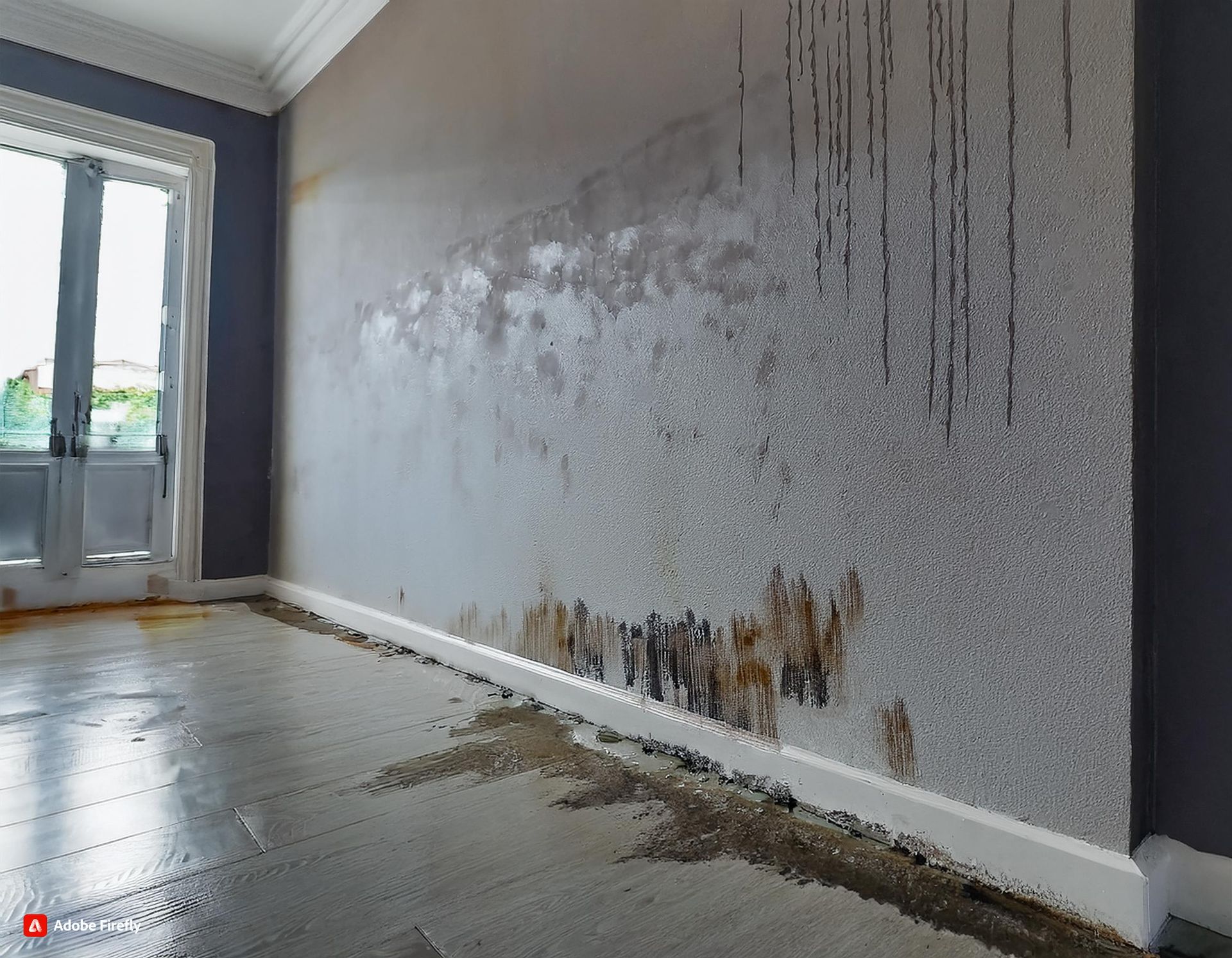
As you know already, mould grows in warm and humid environments. Water leakages or recent flooding in your household area provides the very environment for mould infestation.
Water gets absorbed into porous materials, further increasing the risk of mould spread. In case of leaks, water can seep into hidden cavities of walls, floors, and ceilings. Moisture can get trapped in these places, and … good luck finding that out through DIY efforts.
In fact, mould doesn’t need standing water to grow — it thrives in humidity levels above 60%.
A slow leak or residual dampness is enough for mould to colonise.
Situations like these scream that professional help is needed, both to detect and to solve the problem at hand. Mould can begin growing within 24–48 hours of any water event, requiring immediate inspection.
4. Warped or Bulging Walls and Floors
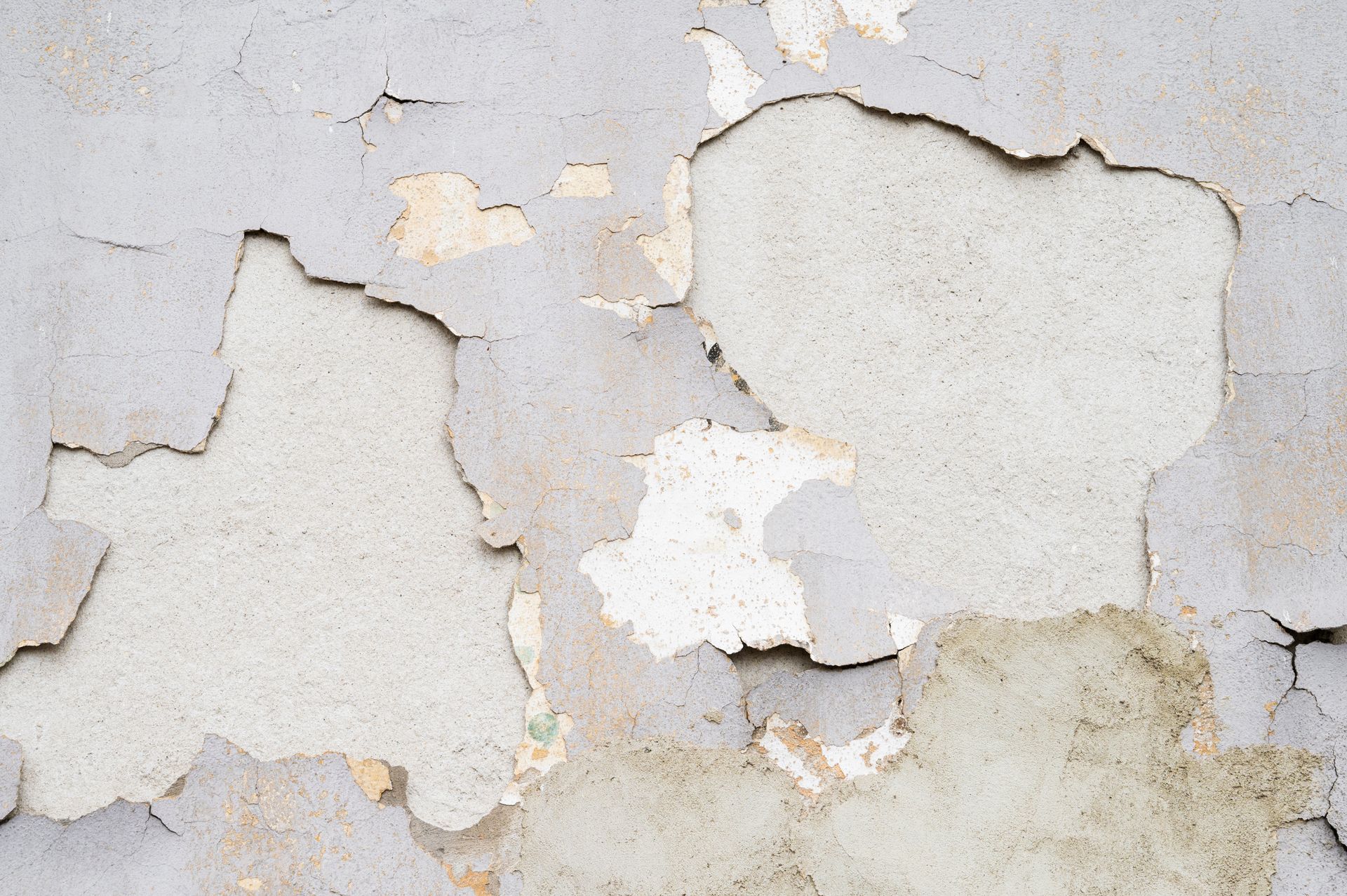
mage is another sign that indicates a serious mould infestation.
Once the mould infiltrates porous building materials such as drywall, wood, or flooring, it starts weakening the structural integrity of the building. Prolonged exposure can lead them to swell, wrap, or deform.
Additionally, building materials contain distinct organic compounds (e.g., cellulose) which are a food source for fungi that cause mould to form. As this fungal mould munches on these compounds, it causes their structure to break, causing long-term damage to the property.
Professionals identify the root cause, remove the mould safely, and in some cases, even repair the damage, reinforcing weakened areas of the house.
5. Health Symptoms in Occupants

Among all the signs of household mould, health symptoms should be given the highest priority.
Mould produces different kinds of allergens, irritants, and spores that — when airborne — can find their way into the airways and lungs of the inhabitants, leading to various health symptoms.
Some of these compounds can also be toxic, leading to death in severe cases.
Exposure to mould in the home can lead to various health problems, including:
- Respiratory Issues: Mould produces compounds like mycotoxins and allergens, which, if inhaled, can cause respiratory issues such as coughing, sneezing, wheezing, and shortness of breath.
- Allergies: Mould exposure can worsen allergy symptoms such as nasal congestion, watery eyes, runny nose, and sneezing. Mould spores can also trigger severe attacks in asthma patients, leading to potential health risks.
- Weakened Immune System: Long-term exposure to mould can stress the immune system, leading to increased vulnerability to infections. Mould spores may impair the immune response in individuals with pre-existing conditions, making them more susceptible to diseases.
- Skin and Eye Irritations: Direct contact with mould or its spores can cause skin rashes, itching, and redness. Mould spores can also irritate the eyes, leading to similar symptoms, which can worsen over time.
- Tiredness and Fatigue: Continuous exposure to mould can cause tiredness and fatigue. This is often a result of the body’s immune response to the mould, or due to a disrupted sleep cycle from respiratory discomfort, both of which can lead to chronic tiredness over time.
- Digestive Issues: Some mould species, particularly those producing mycotoxins can cause digestive issues, including nausea, vomiting, and stomach cramps when inhaled or ingested. People with sensitivity to mould exposure may experience persistent gastrointestinal discomfort.
These health issues — if recurring or unexplained, may point to hidden mould, and can worsen if mould growth is left untreated.
This stresses the importance of prompt professional mould removal.
6. Worsening Indoor Air Quality

Poor indoor air quality is characterised by excessive dust buildup, high humidity levels, persistent damp smell or stagnant air, condensation on windows, and visible mould growth. Unexplained physical symptoms such as headaches, allergies, and fatigue can also point towards poor indoor air quality.
Moreover, neglected HVAC systems that have not been cleaned or sterilised play an important part in worsening the indoor air quality, rather than improving it.
Worsening indoor air quality is another sign that you need a professional mould removal service.
Professionals use devices that measure pollutants like VOCs, particulate matter (PM2.5), and CO2 in the air. These air quality tests can also detect hidden issues like asbestos or formaldehyde, which are harmful substances commonly found in older buildings or construction materials.
Once the inspection stage is complete, experts can filter the air to remove these toxins, creating a safer and healthier living space for you and your family.
7. History of Previous Mould Issues
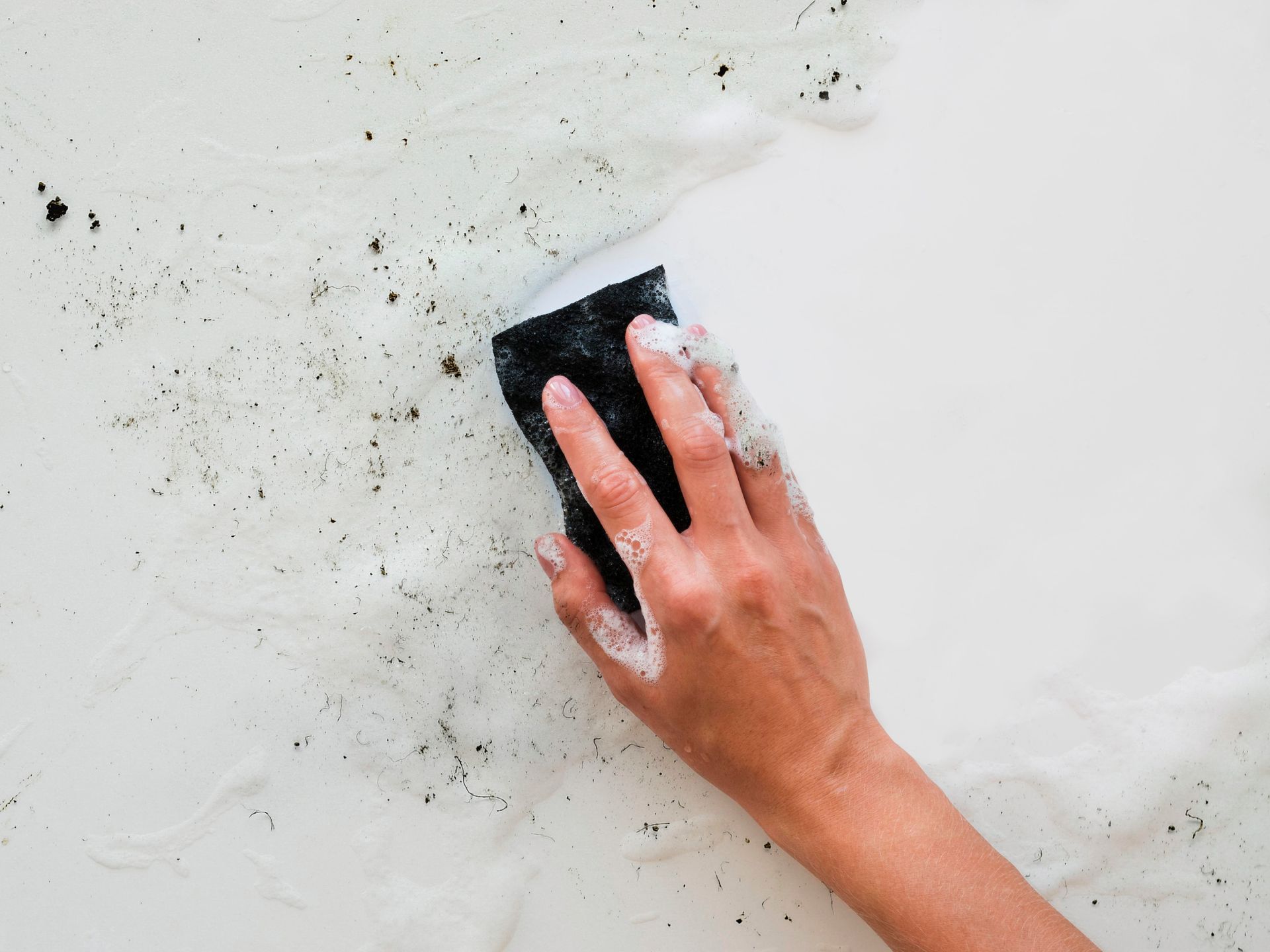
If your property has had mouldy experiences in the past, it indicates that there could be an underlying problem that’s causing the recurrence.
Previous infestations increase the likelihood of recurrence because if hidden mould is not completely removed during the remediation, it can later spread through the spores which feed on moisture and organic matter — growing more mould.
Professional inspection and remediation techniques rectify previous DIY mistakes and ensure proper mould removal, leading to sustainability.
Conclusion
Addressing mould problems on time is crucial in safeguarding your property from further damage and in preventing potential health hazards in the future.
If you notice any of the warning signs, such as persistent odours, visible mould growth, or water damage, it’s essential to seek expert help early. Professional services become essential as they offer thorough inspections, specialised equipment, expert mould removal, air purification, and preventive maintenance.
Professional intervention ensures a safe, healthy environment and prevents long-term damage to your home and health.
How Can We Help?
At OneTwoKlean, we specialize in professional mould removal to ensure your home or business remains safe, healthy, and mould-free! Our team uses advanced tools and techniques to thoroughly inspect, remove, and prevent mould growth, addressing hidden infestations and moisture issues.
Contact us today for a comprehensive inspection and tailored mould removal solutions that protect both your property and health.
Stay safe, stay Klean!
